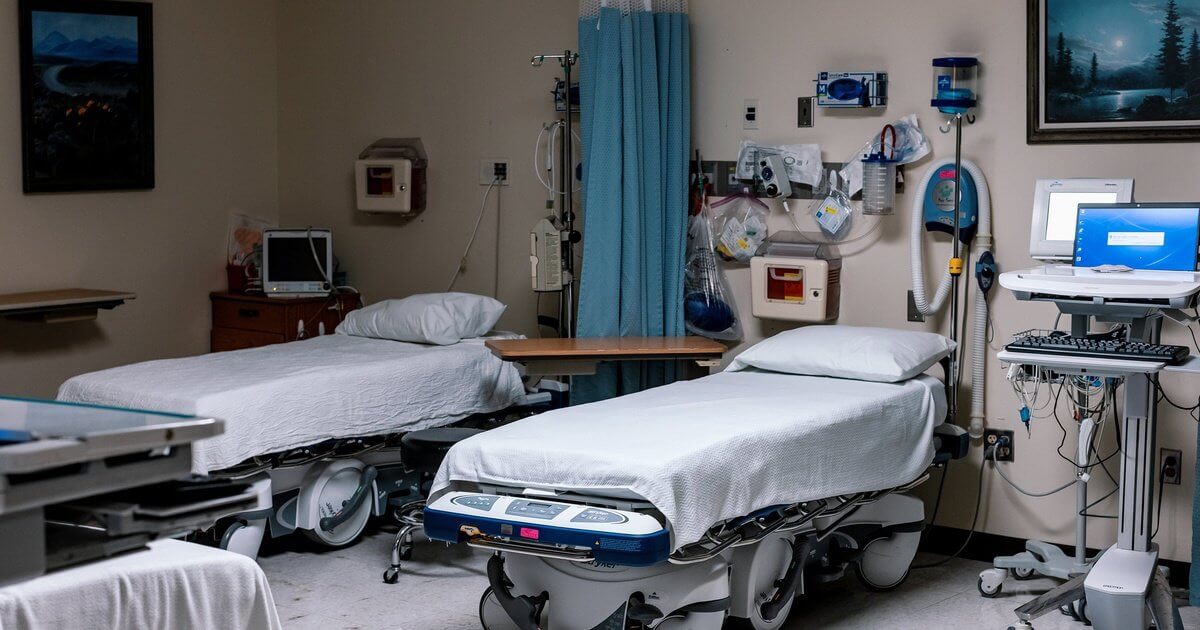5 things you should watch for when choosing your next hospital

Your health is your most valuable asset and must be safeguarded not only against disease, but also poor medical practice. In fact, an eight-year study by John Hopkins found that medical errors were the third leading cause of death. The research found that most medical errors are not due to doctor error, but rather, systemic problems. These include badly coordinated care, the lack of safety nets, fragmented insurance, and lack of accountability. To put it simply, too much falls through the cracks, which leads to patient death.
With this in mind, let’s look at five things that you can check to get an idea of whether or not a particular hospital is safe.

Read Through Patient Reviews
Based on reviews and ratings from real patients, you can get an idea of whether the hospital is safe. Is the communication with doctors and nurses good? Are the rooms quiet and clean? That is just the beginning. Clean, quiet rooms and nice doctors and nurses are only scratching the surface.
Dig deeper to find out the answers to these questions.
· Does the hospital have a lot of bureaucratic red tape?
· Do patients and their families get the run-around?
· Does this hospital handle insurance claims effectively?
· Do they sneak in unwarranted and unnecessary expenses?
· Have they had an unusual number of deaths?
Like any other institution, hospitals put their best face forward in order to attract more business. A hospital won’t advertise its unusually high death rate, price gouging, or bureaucracy. That will take a little digging, by you, the consumer.
Patient Outcomes
Patient outcomes are based on data the hospitals submit to the state or federal government. This data can tell you if the hospital does a good job preventing surgical-site and blood infections. It can also indicate the rate at which patients have been readmitted within 30 days of their initial discharge. A high rate of readmissions can indicate serious problems, including a hospital-acquired infection.

Ideally, you want your first visit to the hospital to fix the problem, not create new health issues.
Measuring Patient Outcomes with These Parameters
· Deaths
· Readmissions
· Effectiveness of care
· Safety of care
· Timeliness of care
· Patient experience
· Effective use of medical imaging
Moreover, internally, the hospital should be using this data to meet these four goals:
· Improve the patient experience of care.
· Reduce the per capita cost of healthcare.
· Improving the health of the community.
· Reduce staff burnout.
These are lofty goals, but your hospital should have a system in place to achieve them.
Hospital Practices
Two things are included under practices, electronic health records, and the appropriate use of X-rays and CT scans.
The American Hospital Association issues ratings to hospitals that use a computer system for preserving doctors’ and nurses’ notes, lab reports, and anything else that must be documented. This provides an electronic paper trail of a patient’s care during his or her stay.
The Centers for Medicare and Medicaid Services issue ratings for x-ray and CT scan technology using billing data submitted to the centers. The percent of x-rays and CT scans of the chest and abdomen that are performed twice, once with and without a dye, usually are unnecessary. Not only that, this unnecessary practice and can expose the patient to an unnecessary amount of radiation.
Safety Score
A hospital’s safety score is largely derived from patient outcomes. The score is calculated on a 100-point scale. A hospital’s safety record is scored on the following factors:
Avoiding mortality – 10 points
Preventing infections – 20 points
Reducing readmissions – 20 points
Effective communication about medications and discharge – 20 points
Appropriate use of X-rays and CT scans – 20 points
Avoidance of serious complications – 10 points
A hospital with a score of 100 scored the highest on all measures. Conversely, a hospital with a score of 1 should be avoided. Choose a hospital with the highest safety score that you can find.
Avoidance of Adverse Events in Surgical Patients
This very important measure calculates the percentage of patients who have undergone scheduled surgery and died in the hospital. It also measures the percentage of patients who stayed longer than expected.
Research has shown that these factors correlate with the incidence of complications. In fact, some hospitals use the number of adverse events to monitor the quality of care.
Hospitals often develop this rating in partnership with an independent healthcare consulting agency with expertise in analyzing clinical records and billing claims. This analysis helps hospitals improve patient safety.
These factors can also be allpied to ambulatory surgery centers. To learn more about this option, click here.






